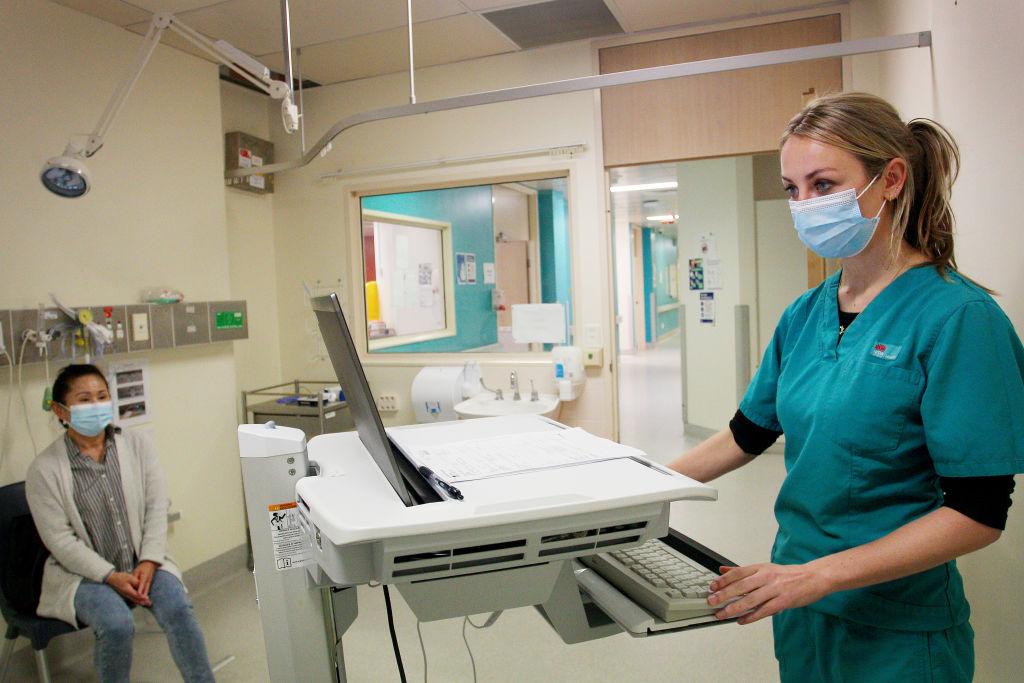Foreign doctors will find it easier to work in communities across Australia under new changes to fill GP shortages.
The Royal Australian College of General Practitioners (RACGP) on Aug. 1 said it would fast-track the process of recruiting international medical graduates who have been trained overseas.




